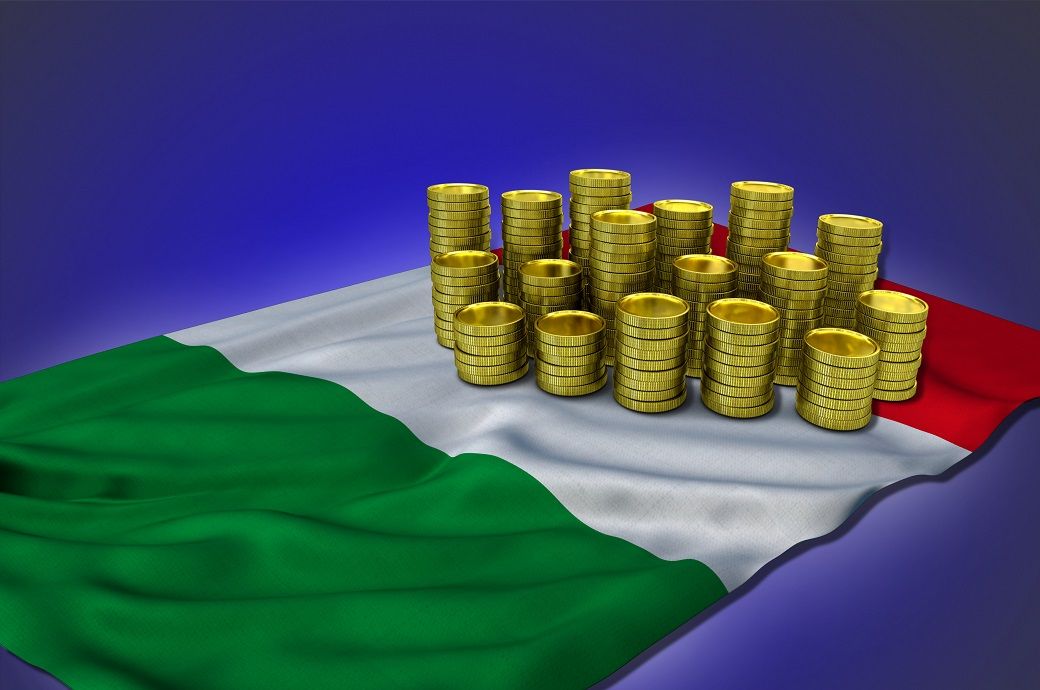
However, March saw a decrease in the industrial production index by 0.6 per cent compared to February, with a small decline of 0.1 per cent in the first quarter overall. External trade figures from February showed a 0.4 per cent increase in seasonally-adjusted exports and a 1.4 per cent decrease in imports compared to January. Within the EU, exports decreased by 0.8 per cent, while non-EU exports rose by 1.7 per cent. Imports fell for both EU, down 1.2 per cent, and non-EU countries, down 1.6 per cent. March non-EU trade figures saw a further decline, with exports down by 4.6 per cent and imports dropping by 12.9 per cent compared to February, as per Istat.
Despite challenges in trade and industry, the employment situation in Italy improved in March. The number of employed people increased, while unemployment decreased, bringing the unemployment rate down to 7.8 per cent.
However, the rising inflation remains a concern for the Italian economy. In March, the seasonally adjusted index of volume sales fell by 0.3 per cent month-on-month, indicating that high inflation is affecting private consumption. In April, the Italian consumer price index (NIC) saw an 8.3 per cent increase year-on-year, up from 7.6 per cent in March. The Italian harmonised index of consumer prices (HICP) increased by 8.8 per cent annually, with the differential between Italy and the euro area widening.
Fibre2Fashion News Desk (DP)